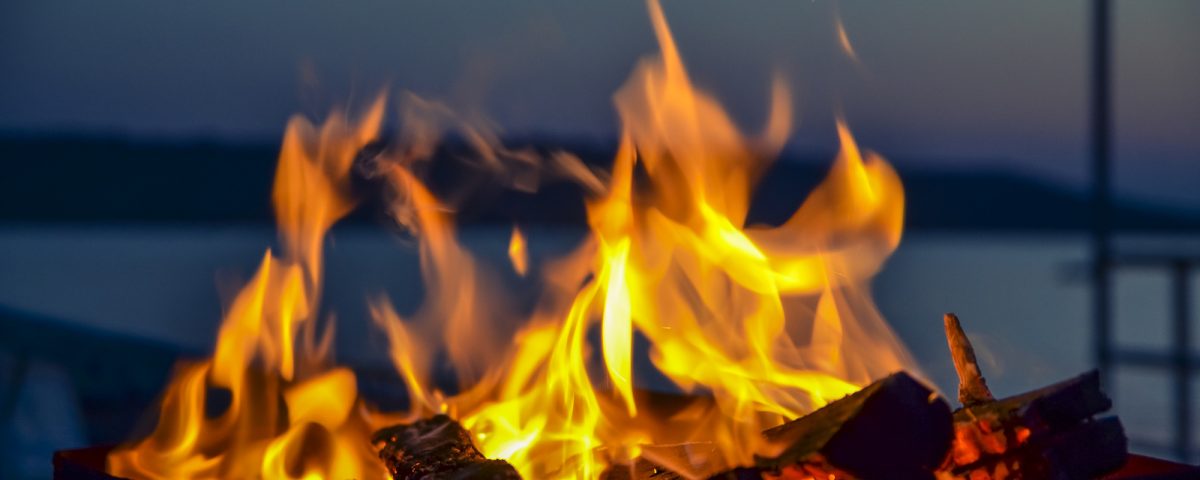
Disruption as Usual – support your clients in resilience and recovery (Part 1)
June 19, 2017
Unimutual Conference 2017
June 27, 2017By Simon Iliffe, Unimutual Risk Manager
The people of London who had managed to survive the Great Plague in 1665 must have thought that the following year could only be better. Sorry – Wrong. In 1666 the Great Fire of London swept through the central parts of the English capital from Sunday, 2 September to Wednesday, 5 September. It consumed 13,200 houses, 87 parish churches, St Paul’s Cathedral, and most of the buildings of the City authorities, leaving 70,000 of the City’s 80,000 inhabitants homeless.
Building codes, fire regulations and technology have improved significantly since the Great Fire of London and where implemented and adhered to, the risk of a large fire is considerably reduced. Unfortunately, non-compliance with building codes and regulations, whether intentional or not is an all too common occurrence and can lead to devastating effects, as was the case in the recent highly publicised Grenfell Tower fire. There have been numerous other examples of compliance and design failures which have resulted in large building fires including but by no means limited to the Docklands fire (Lacrosse building), the Torch Tower (a very unfortunate name) in Dubai, the apartment block fire in Azerbaijan – just to name a few.
The mutual is not immune to the impacts of fire which constitutes one of the larger exposures and cost centres so far as claims and losses are concerned. Do you know what the chance of a fire impacting a member in any given year is? No! Read on:
- The chance of a small contained fire resulting in no damage – 99.9% – 100%
- The chance of a fire resulting in a below excess or small claim – in the order of 20%
- The chance of a fire resulting in damage up to $2M – 2.5%
- Reinsured losses greater than $2M – 1.3%
What does the mutual’s experience tell us about the types and causes of fires that occur in University buildings? A review of the data suggests that approximately:
- 30% of fires were caused by electrical failures
- 25% were related to chemical handling and storage
- 20% resulted from cooking
- 15% were as a result of a bushfire
- 10% arose due to arson or misadventure
Is there a trend in relation to the location of fires on a university campus? Yes – the claims history indicates that electrical and chemical fires most commonly occur in laboratories and research centres. Funnily enough fires resulting from cooking activities occurred in either commercial kitchens or student accommodation. Interestingly, a number of data centre fires have originated in the battery banks of the Uninterruptible Power Supplies (UPS). Often the greatest damage in these instances is not the fire, rather the discharge of the fire suppressing gas. Bushfires speak for themselves and fires occurring as a result of arson or misadventure did not show clear trends but were often due to rubbish bins and combustibles being left adjacent to buildings and in some cases were started in unoccupied buildings.
Many of you would have had some involvement with our risk engineering program and not surprisingly we tend to have a strong focus on those risks which could lead to a fire as they tend to be high cost events which impact our reinsurers and significantly interrupt member business operations.
There are three angles from which we can fight the fire threat – Housekeeping and Maintenance, Detection and Protection and Design and Specification. Here are a few front line fire tips under each of those headings.
Housekeeping and Maintenance
- Don’t leave combustibles or rubbish bins directly adjacent buildings (particularly in publicly accessible areas).
- Prevent the use of switch and plant rooms as storage facilities for ladders, paint and other orphaned items.
- Store flammable liquids and chemicals in appropriate fire rated cabinets.
- Minimise the amount of flammable liquids used and stored in laboratories.
- Don’t overload or piggy back power boards – most power boards are only rated to a 10-12 amp load in total (not per outlet).
- Test and tag electrical appliances.
- Ensure that circuit breakers are installed.
- Know where your emergency gas shut off valves are located.
- Undertake thermographic scans to identify hot spots in switchboards.
Detection and Protection
- Use addressable smoke detectors except where thermal detectors are required (for example in dusty areas)
- Where possible in new builds incorporate sprinklers – they are the most effective firefighting system
- Ensure fire system compliance – inspection of extinguishers, hydrants and valves.
- Undertake flow, pressure and hydrostatic testing on the fire water infrastructure – nothing worse than a dribble out of the hose when you’re trying to put the wet stuff on the hot stuff or a burst pipe when the brigade pressurise the pipes.
- Check that the site can access enough water to fight a fire.
Design and Specification
- Where possible specify non-combustible material such as brick, concrete and steel in building designs.
- Prohibit the use of EPS (Expandable Polystyrene), more commonly known as sandwich panel or solid fuel.
- Use mineral core cladding products.
- In buildings where higher fire risk activities are to be housed, such as labs, seriously consider installing sprinklers.
- Require contractors to fire stop all penetrations that they create. Sealing penetrations maintains effective fire compartmentation and significantly inhibits the spread of fire.
Read next: how Unimutual handled a claim for fire damage to a campus child care centre



